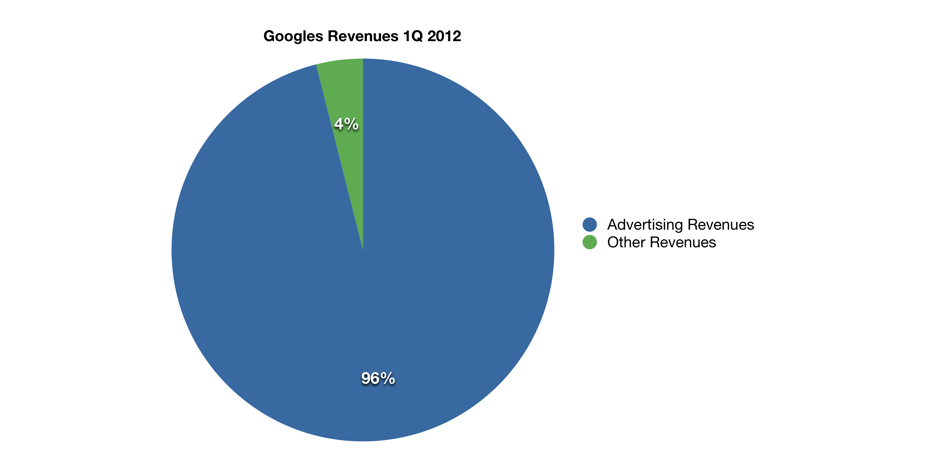

With the recent advancements in technology, electronics, and the internet, consumers have begun to take completely different approaches to browsing, shopping, and acting as consumers. What was once the largest, and considered most financially sound, consumer retail store of the 90’s and 2000’s, has now turned into a thing of the past.
Best Buy, a store where consumers go to purchase electronics (i.e computers, cell phones, tablets, CD’s, DVD’s) has recently become the subject of many discussions regarding whether the consumer giant can stay afloat. Amazon Inc, an online e-commerce retail website, where items can be found in minutes, purchases made in seconds, and products delivered in hours/days, has rapidly taken over the electronic/technology retail space that Best Buy had once almost monopolized.
Best Buy started as the only game in town, where people could visit, shop, receive helpful advice, and bring home their devices with protective warranties. However, internet retailers such as Amazon.com and Ebay have entered the same market as Best Buy, with lower overhead costs, more convenience, quicker purchases, and better warranties, and it has seriously put a dent in Best Buy’s future outlook.
Each of the Best Buy stores possess large overhead costs which include the likes of labor, utilities, product inventory, management, and building tax/mortgage. Not to mention, Best Buy has to deal with in-store and corporate operational management, budgeting, inventory forecasting across all of their brick and mortar stores, and labor hour allocation issues in each establishment. Amazon, which does not have any stores and ships only from warehouses, also possesses some operational management difficulties but certainly not on the scale that Best Buy does.
It might be the overhead that is making Best Buy have a hard time staying above water, or it might be the dwindling brick and mortar retail industry, but one thing is for sure, consumers are preferring online shopping over getting in their cars and driving to the store. In fact, Best Buy has recently reported that consumers now only use their store as a showroom, or in other words, a place to test the devices before they decide to purchase them on Amazon (Consumerist.com).
In their article “Amazon is Eating Best Buy’s Lunch”, CNN states, “The electronics retailer reported quarterly sales Tuesday morning that were lower than a year ago and below Wall Street’s expectations. The main culprit? Tough competition from online retailers”.
Perhaps there are some ways that Best Buy could improve their sales while still competing with the titans of the internet retail industry.
What are some ways you believe that Best Buy could bounce back from their poor 2014 performance and stay afloat?
Describe your experiences with Best Buy and explain why it may/may not be completely out of business?
What ways could Best Buy improve their operational management structure?
Why do you think that Best Buy remains in business despite the heavy consumer preference for online retail websites?
List some examples of operational management strategies that Best Buy could take advantage of but you believe are not being used properly.
http://money.cnn.com/2014/08/26/investing/best-buy-earnings/
http://consumerist.com/2013/11/04/best-buy-is-just-daring-you-to-use-stores-as-an-amazon-showroom/

![[image]](http://si.wsj.net/public/resources/images/MK-CE096_WALFLU_G_20130618174350.jpg)






